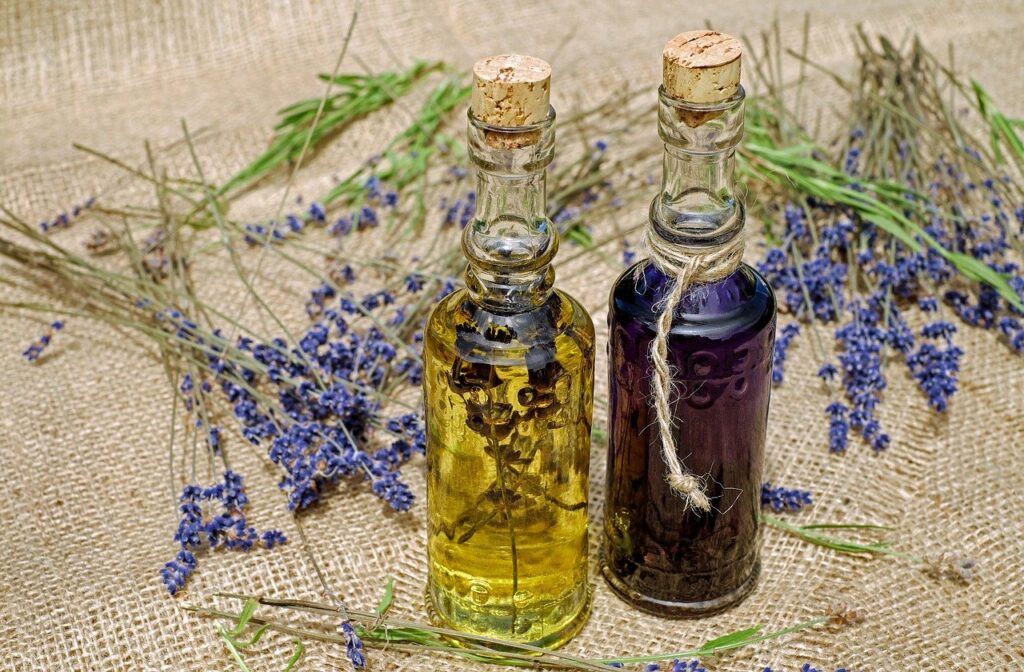I used to roll my eyes at the whole essential oils thing. You know the type – those people who swear by their little bottles and claim they can cure everything from headaches to heartbreak. I was definitely not one of them.
That changed about three years ago when I was going through a particularly rough patch. Work stress was eating me alive, I wasn’t sleeping well, and honestly, I felt like I was barely keeping my head above water. My sister, bless her heart, kept suggesting I try some “natural remedies.” I mostly ignored her until she physically handed me a small bottle of lavender oil (For Arma Therapy) and said, “Just try it. What’s the worst that could happen?”
The Night That Changed Everything
So there I was, 2 AM, wide awake again despite being exhausted. I remembered the little bottle sitting on my nightstand. Feeling ridiculous, I unscrewed the cap and took a sniff. It smelled… nice. Clean. Calming, I guess? I put a couple drops on my pillow, half-expecting nothing to happen.
Twenty minutes later, I was asleep. And I slept through the night for the first time in weeks.
Now, I’m not saying it was magic. Maybe it was placebo effect, maybe I was just ready to finally relax. But that small experience made me curious enough to dig deeper into what aromatherapy actually is.
So What Exactly Is Aromatherapy?
Turns out, aromatherapy is pretty straightforward – it’s using concentrated plant extracts (essential oils) to potentially influence how you feel, both physically and mentally. The practice has been around forever, with ancient civilizations using plant essences for healing and ritual purposes.
The basic idea is that certain scents can trigger responses in our brains. When you smell something, it goes straight to your limbic system – the part that deals with emotions and memory. That’s why the smell of cookies might transport you back to your grandmother’s kitchen, or why certain perfumes can instantly change your mood.
Some oils can also be absorbed through your skin when properly diluted, though I learned that part the hard way after giving myself a minor burn with undiluted tea tree oil. Lesson learned.
My Growing Collection
After the lavender success, I slowly started experimenting. Peppermint for when I felt sluggish in the afternoon. Eucalyptus when I had a stuffy nose. Tea tree for the occasional breakout (properly diluted this time).
I’m not going to lie and say every oil was life-changing. Some did absolutely nothing for me. Others I genuinely disliked – I’m looking at you, patchouli. But a few became regular parts of my routine.
The biggest surprise was how much my husband, who was initially even more skeptical than me, started enjoying them. He won’t admit it, but I’ve caught him taking deep breaths when I’m diffusing sandalwood in the evening.
What I Actually Use Them For
Here’s what’s worked for me personally:
- Sleep: Lavender is still my go-to, though I’ve also had luck with chamomile and bergamot.
- Focus: Rosemary seems to help when I’m working on something that requires concentration. Could be psychological, but I’ll take it.
- Stress: When I’m feeling overwhelmed, I put a few drops of lavender or frankincense in a diffuser. It doesn’t solve my problems, but it helps me feel more centered.
- Headaches: Peppermint on my temples (mixed with coconut oil) sometimes helps with tension headaches.
- General wellness: I add tea tree to my skincare routine and eucalyptus to hot showers when I’m congested.
The Reality Check
Let me be clear about something – I don’t think essential oils are miracle cures. I still go to actual doctors for actual medical issues. I still take medicine when I need it. But I’ve found that aromatherapy can be a nice complement to taking care of myself.
Some oils genuinely seem to help with certain things for me. Others don’t do much. And some people seem to get amazing results while others feel nothing at all. That’s just how it goes with most things in life.
Getting Started (If You’re Curious)
If you’re thinking about trying aromatherapy, here’s what I wish someone had told me:
- Start small. Pick maybe two oils that appeal to you and see how they make you feel. Lavender and peppermint are pretty versatile.
- Always dilute oils before putting them on your skin. I use coconut oil or jojoba oil as a carrier.
- Less is more. A few drops in a diffuser is plenty. More isn’t better.
- Not every oil will work for every person. That’s normal.
- Do your research, especially if you have pets, kids, or health conditions. Some oils aren’t safe for everyone.
My Current Setup
These days, I have maybe a dozen oils that I actually use regularly. I have a simple diffuser in the bedroom and one in my office. I make my own roller bottles with diluted oils for headaches and stress. I add a few drops to my bath sometimes.
It’s not complicated or expensive once you get past the initial learning curve. And honestly, even if half the benefits are just in my head, I sleep better and feel more relaxed, so I’m calling it a win.
The Bottom Line
Aromatherapy isn’t going to change your life overnight or solve all your problems. But if you’re curious about natural ways to support your wellbeing, it might be worth exploring. Just keep your expectations realistic and remember that what works for one person might not work for another.
And if nothing else, your house will smell really nice.
What about you? Have you tried aromatherapy, or are you still in the skeptical camp where I used to live? I’d love to hear about your experiences – both good and bad.

